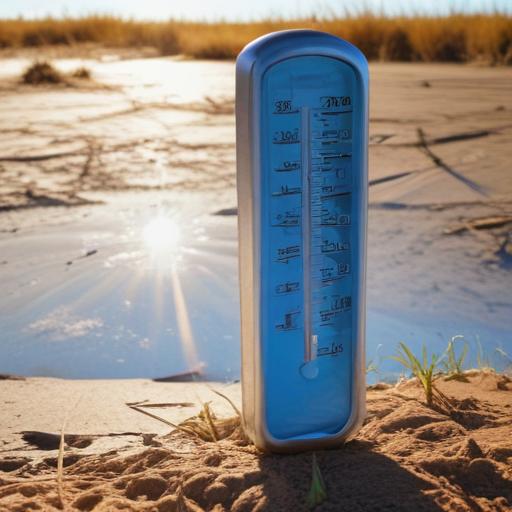The eastern half of the United States is bracing for its hottest temperatures of the year as a formidable heat dome continues to intensify. According to the National Weather Service, tens of millions of residents from the Midwest to the East Coast are facing a maximum heat risk labeled as level 4 out of 4, which indicates extreme conditions that can severely impact individuals without reliable cooling or adequate hydration.
Temperatures are forecasted to soar at least 15 degrees above normal across the Plains, Midwest, mid-Atlantic, and Northeast regions, with highs climbing well into the 90s. Adding to the discomfort, the humidity is expected to make it feel as hot as 110 degrees, particularly in the mid-Atlantic states. The peak of this oppressive heat is anticipated early this week, with New York City facing temperatures around 97 degrees from Sunday through Tuesday, potentially breaking daily records. In Washington, DC, the temperature could rise to 100 degrees, while Boston may hit 90 degrees on Monday and reach 94 degrees on Tuesday, approaching historical highs set in previous years.
Over 250 daily temperature records are predicted to tumble on both Monday and Tuesday, encompassing both record highs and unseasonably warm lows, many from sites with historical data dating back to the early 1900s. Heat remains the deadliest form of extreme weather in the U.S., averaging over 800 fatalities each year since 1999, underlining the public health risks associated with such extreme heat events. Emergency room visits for heat-related illnesses often increase dramatically on days designated as having “major” and “extreme” risk, especially when high humidity inhibits the body’s natural cooling mechanisms.
The current heat wave coincides with the start of astronomical summer, marked by the summer solstice, which occurred recently. This event signals the longest days and highest sun angles of the year, providing ample solar energy that can contribute to extreme heat. While meteorologists often designate the beginning of summer on June 1 to align with weather patterns, this intense heat serves as a reminder that the warmest days of the year usually lie ahead, particularly during July and August for most of the country.
Though this early wave of heat may offer a preview of what is to come, a reprieve is expected by the end of this week. As communities prepare for these extreme conditions, it emphasizes the importance of taking precautions such as staying hydrated and seeking cooling environments to mitigate the risks posed by high temperatures.
